Eating well this winter
If you are lucky enough to be escaping for a few days on a yoga or meditation retreat this winter, nutritious, delicious food will be an integral part of the wellbeing agenda and a bounty of wholesome treats will regularly arrive for your consumption and enjoyment, lovingly prepared by someone else! Back at home, it can be far more challenging to eat well, and of course it's your responsibility. Here we offer a few essentials on eating well this winter, keeping body and mind in balance.
Healthy eating essential tips:
To help keep mood on a level keel, think lashings of food rich in omega-3 fatty acids (otherwise known as alpha-linoleic acid or ALA) and vitamin B12. For vegetarians and vegans, this translates as: tofu, flaxseeds, chia seeds, soy beans and walnuts. Fish eaters might go for mackerel, salmon, herring and sardines.
Many of us are low in the mood-boosting mineral, selenium. Think brazil nuts, mushrooms, brown rice, sesame and sunflower seeds, broccoli and spinach.
To help boost energy levels, the brain needs magnesium. So court plenty of leafy green vegetables and dark chocolate (horray!).
Keeping blood sugar levels steady is essential to stabilise mood and prevent us over-eating, or comfort eating. This means eating little and often. It's often good to snack, in moderation, as long as we snack on the right things, most of the time!
It's recently been found that many of us are deficient in vitamin D, especially during the winter. Vitamin D-rich foods include mushrooms, tofu, cheese, egg (yolks), tuna, mackerel and salmon. Some soya and almond milks and cereals are fortified with Vitamin D, though you may be more comfortable looking for a naturally arising source.
Keep meals light, as tempting as it might be to do the opposite! Feeling over-full leads to sluggishness and low mood.
Lucia Cockcroft is co-founder of Satvada Retreats, where serving balanced, wholesome meals is always at the top of the agenda!

